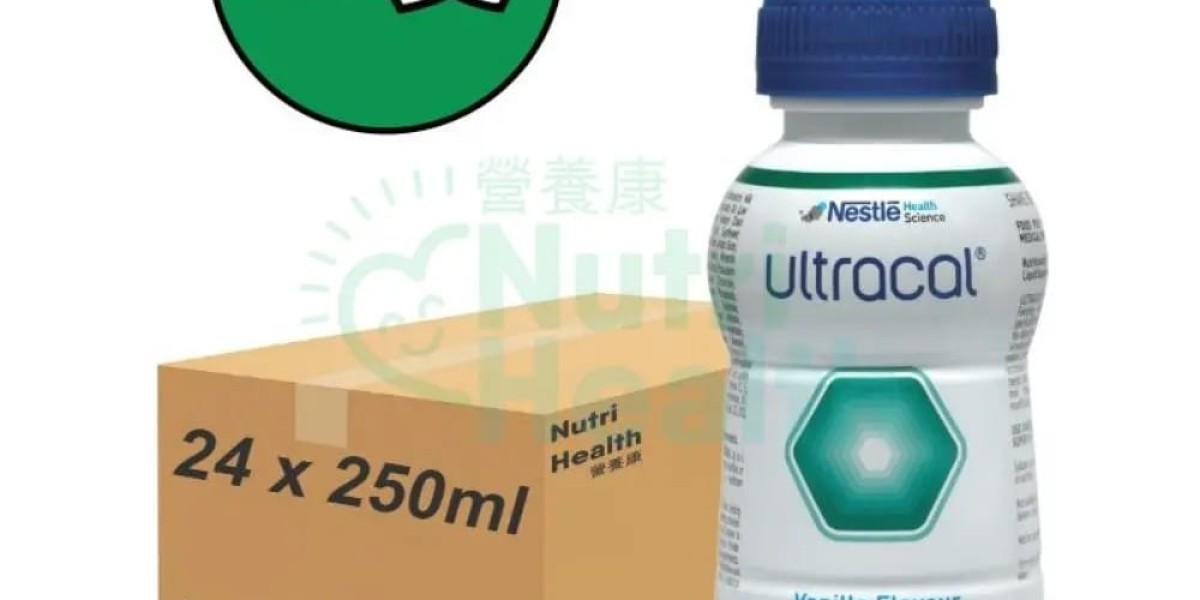The global demand for efficient energy production continues to drive innovation in Thermal Power Generation Equipment, a sector that plays a crucial role in providing reliable electricity for industrial, commercial, and residential needs. Thermal power plants, which primarily rely on the conversion of heat energy into electrical energy, use sophisticated equipment to ensure optimal performance, efficiency, and safety. With technological advancements and increasing focus on reducing emissions, thermal power generation equipment is evolving to meet modern energy requirements while balancing environmental concerns.
Key Components of Thermal Power Generation Equipment
Thermal power plants consist of several integral components, each designed to optimize the process of converting fuel energy into electricity:
Boilers: The boiler is the heart of thermal power generation. It converts water into steam using heat produced from burning coal, natural gas, or biomass. Modern boilers are designed for higher efficiency and lower emissions, incorporating advanced materials and automation systems to withstand extreme temperatures and pressures.
Turbines: Steam turbines transform high-pressure steam into mechanical energy, which then drives the generator to produce electricity. Innovations such as supercritical and ultra-supercritical turbines improve efficiency and reduce fuel consumption by operating at higher temperatures and pressures.
Generators: The generator converts mechanical energy from the turbine into electrical energy. Efficient generators are vital for maintaining stable output and reducing energy losses during production. Modern generators also feature advanced cooling and insulation systems to extend their operational lifespan.
Condensers and Cooling Systems: After passing through the turbine, steam is condensed back into water in condensers, which are cooled using water or air systems. Efficient cooling systems are essential for maintaining optimal plant performance and preventing thermal pollution.
Feedwater and Fuel Systems: The feedwater system ensures that high-quality water reaches the boiler, while fuel handling systems manage the delivery and combustion of fuels. Automation and monitoring have improved the precision and safety of these systems, reducing operational risks and environmental impact.
Technological Innovations in Thermal Power Equipment
Advancements in thermal power generation equipment focus on improving efficiency, reliability, and sustainability. Some key innovations include:
Supercritical and Ultra-Supercritical Boilers: These boilers operate at higher pressures and temperatures than conventional boilers, improving thermal efficiency and reducing greenhouse gas emissions.
Digital Monitoring Systems: IoT-enabled sensors and AI-driven analytics optimize performance, predict maintenance needs, and minimize downtime.
Emission Control Technologies: Equipment such as flue gas desulfurization units and selective catalytic reduction systems help reduce harmful emissions, making thermal power more environmentally friendly.
Combined Cycle Systems: Integrating gas and steam turbines in a combined cycle allows plants to achieve higher efficiency and better fuel utilization.
Advantages of Modern Thermal Power Generation Equipment
Modern thermal power equipment offers multiple benefits that make it indispensable in global energy production:
High Efficiency: Advanced designs maximize energy conversion from fuel to electricity, reducing operational costs.
Reliability: Continuous operation and automated control systems ensure stable power supply for industrial and residential use.
Scalability: Equipment can be tailored to meet varying demands, from small-scale plants to large industrial facilities.
Sustainability: Emission control and fuel optimization contribute to reduced environmental impact while maintaining high output.
Future Outlook
The thermal power generation equipment market is expected to continue evolving with a focus on cleaner, more efficient technologies. Hybrid systems combining renewable energy sources with thermal generation are gaining attention, while research into alternative fuels and advanced materials promises even higher efficiency and reduced emissions. With energy demand rising globally, thermal power will remain a key player in the transition toward sustainable energy systems.
FAQs
Q1: What fuels are commonly used in thermal power generation equipment?
A1: Thermal power plants primarily use coal, natural gas, and oil. Some plants also utilize biomass and industrial waste as alternative fuels.
Q2: How does supercritical technology improve efficiency in thermal power plants?
A2: Supercritical technology allows boilers to operate at higher temperatures and pressures, which improves thermal efficiency and reduces fuel consumption.
Q3: What measures are taken to reduce emissions from thermal power generation equipment?
A3: Modern plants use flue gas desulfurization, selective catalytic reduction, and advanced combustion technologies to reduce sulfur dioxide, nitrogen oxides, and particulate matter emissions.
More Related Reports:






